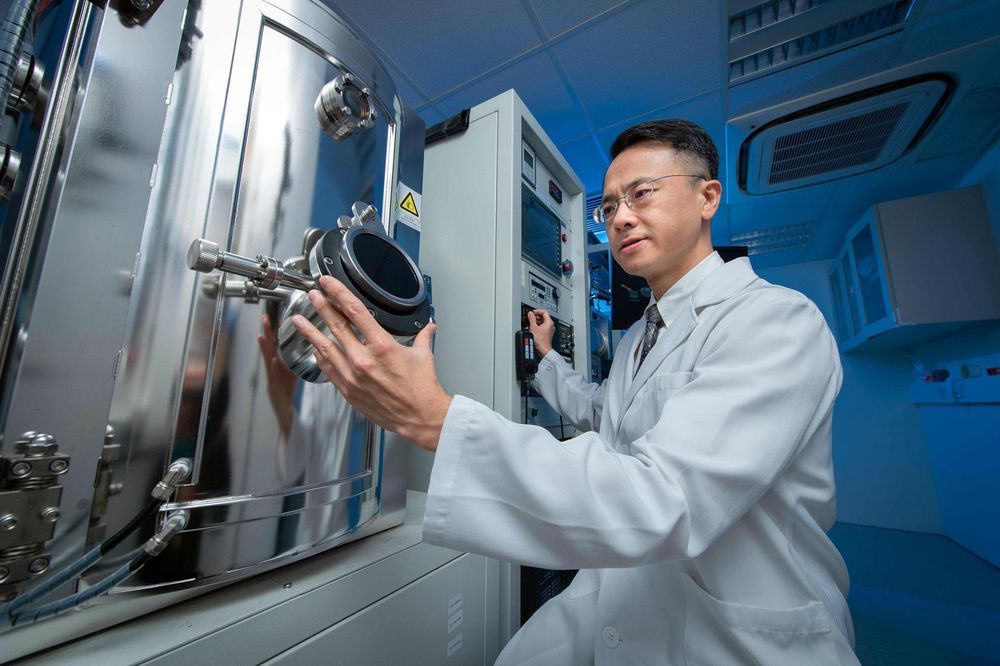Circa 2015
Get the latest international news and world events from around the world.


‘I don’t smell!’ Meet the people who have stopped washing
A growing number of people are eschewing soap and trusting bacteria to do the job instead – and an entire industry has sprung up to accommodate them.
NASA and SpaceX are ready to launch on 27th May 2020
NASA and SpaceX are ready to launch on 27th May 2020 but how? What preparation have they done? What is Crew Dragon? How does it work? All of your questions are answered in this video.

Deep learning accurately stains digital biopsy slides
Tissue biopsy slides stained using hematoxylin and eosin (H&E) dyes are a cornerstone of histopathology, especially for pathologists needing to diagnose and determine the stage of cancers. A research team led by MIT scientists at the Media Lab, in collaboration with clinicians at Stanford University School of Medicine and Harvard Medical School, now shows that digital scans of these biopsy slides can be stained computationally, using deep learning algorithms trained on data from physically dyed slides.
Pathologists who examined the computationally stained H&E slide images in a blind study could not tell them apart from traditionally stained slides while using them to accurately identify and grade prostate cancers. What’s more, the slides could also be computationally “de-stained” in a way that resets them to an original state for use in future studies, the researchers conclude in their May 20 study published in JAMA Network Open.
This process of computational digital staining and de-staining preserves small amounts of tissue biopsied from cancer patients and allows researchers and clinicians to analyze slides for multiple kinds of diagnostic and prognostic tests, without needing to extract additional tissue sections.



Scientists Test Best Fabric Choices for Making a Homemade COVID Mask
UIUC Editor’s note: Health authorities believe COVID-19 spreads by the transmission of respiratory droplets, and the Centers for Disease Control and Prevention recommends homemade cloth face coverings for use in public spaces. Starting today, Illinois joins many other states in requiring people to wear masks while out. However, initial uncertainty regarding the masks’ effectiveness in reducing exhaled droplets leaves some people unsure or skeptical of their usefulness during the current COVID-19 pandemic. Mechanical science and engineering professor Taher Saif spoke with News Bureau physical sciences editor Lois Yoksoulian about a study that he and his graduate students, Onur Aydin and Bashar Emon, performed on the effectiveness of common household fabrics for use in homemade masks.
Physically speaking, are the respiratory droplets produced by talking and breathing the same as those that come from a cough or a sneeze?
The droplets released during sneezing and coughing are larger than those released while speaking and breathing, and any of these droplets may carry many virus particles. The larger droplets tend to fall nearby due to gravity, but the smaller ones can go far, with the majority of them remaining within six feet of the infected individual. Unfortunately, because symptomatic, presymptomatic and asymptomatic carriers can shed the coronavirus, we cannot tell without testing which individuals are the sources of infection. Hence, a physical barrier, such as a mask, can prevent the spreading.

An under-researched mechanism in the fast-moving field of epigenetics
A key epigenetic mark can block the binding of an important gene regulatory protein, and therefore prohibit the gene from being turned off, a new UNSW study in CRISPR-modified mice—published this month in Nature Communications —has shown.
The study has implications for understanding how epigenetics works at a molecular level—and down the track, the scientists hope the research will help them to investigate new treatments for blood disorders.
“Epigenetics looks at how non-permanent, acquired chemical marks on DNA determine whether or not particular genes are expressed,” study leader and UNSW Professor Merlin Crossley says.

Scientists Eliminate Drug Side Effects by Manipulating Molecular Chirality
Scientists from Hong Kong Baptist University (HKBU) have developed a novel technique that can produce pure therapeutic drugs without the associated side effects.
The approach, which uses a nanostructure fabrication device, can manipulate the chirality of drug molecules by controlling the direction a substrate is rotated within the device, thus eliminating the possible side effects that can arise when people take drugs containing molecules with the incorrect chirality.
Published in the renowned international scientific journal Nature Chemistry, the research findings pave the way towards the mass production of purer, cheaper, and safer drugs that can be made in a scalable and more environmentally-friendly way.